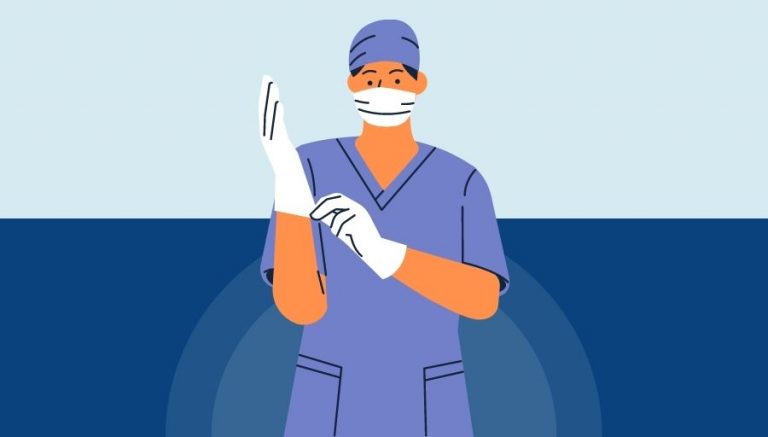How To Use CPT Code 60280
CPT 60280 describes the excision of a thyroglossal duct cyst or sinus. This article will cover the description, procedure, qualifying circumstances, appropriate usage, documentation requirements, billing guidelines, historical information and billing examples.
1. What is CPT Code 60280?
CPT 60280 can be used to describe the excision of a thyroglossal duct cyst or sinus. This procedure is performed to remove a cyst in the midline of the neck that is caused by a segment of the thyroglossal duct that did not close or disappear during embryonic development. The excision is done to prevent infection, recurrence of the cyst, or malignancy.
2. Official Description
The official description of CPT code 60280 is: ‘Excision of thyroglossal duct cyst or sinus.’
3. Procedure
- The provider prepares the patient and administers anesthesia.
- An incision is made in the region of the enlarged cyst.
- The surrounding muscles are divided to free the cyst.
- The blood vessels are tied and cut.
- The middle portion of the hyoid bone, which is closely associated with the thyroglossal tract, is cut and removed.
- A small cone of muscle is incised from the base of the tongue to free the thyroglossal tract.
- The cyst and tract are removed together.
- The tongue muscle is repaired, the wound is packed, a drain is placed, and the incision is closed.
4. Qualifying circumstances
Patients who have a thyroglossal duct cyst or sinus that requires excision are eligible for CPT 60280. The procedure is performed to prevent infection, recurrence of the cyst, or malignancy. The patient must have a documented diagnosis of a thyroglossal duct cyst or sinus, and the excision must be performed by a qualified healthcare professional.
5. When to use CPT code 60280
CPT code 60280 should be used when a healthcare professional performs the excision of a thyroglossal duct cyst or sinus. It is appropriate to bill this code when the procedure is performed to prevent infection, recurrence of the cyst, or malignancy. This code should not be used for other types of excisions or procedures.
6. Documentation requirements
To support a claim for CPT 60280, the healthcare professional must document the following information:
- Patient’s diagnosis of a thyroglossal duct cyst or sinus
- Details of the procedure, including the incision, muscle division, blood vessel ligation, hyoid bone removal, and tract removal
- Repair of the tongue muscle, wound packing, drain placement, and incision closure
- Signature of the healthcare professional performing the procedure
7. Billing guidelines
When billing for CPT 60280, ensure that the procedure is performed by a qualified healthcare professional. Follow the appropriate coding guidelines and use the correct CPT code for the excision of a thyroglossal duct cyst or sinus. Report any additional procedures or services performed during the same encounter using the appropriate codes.
8. Historical information
CPT 60280 was added to the Current Procedural Terminology system on January 1, 1990. There have been no updates to the code since its addition.
9. Examples
- A surgeon performing the excision of a thyroglossal duct cyst in a patient to prevent infection.
- A otolaryngologist removing a thyroglossal duct sinus to prevent recurrence of the cyst.
- A head and neck surgeon excising a thyroglossal duct cyst to prevent malignancy.
- A pediatric surgeon performing the removal of a thyroglossal duct cyst in a child to prevent complications.
- An ENT specialist excising a thyroglossal duct sinus in a patient with recurrent infections.
- A general surgeon removing a thyroglossal duct cyst in an adult patient to prevent complications.
- A maxillofacial surgeon performing the excision of a thyroglossal duct cyst in a patient with a history of malignancy.
- A plastic surgeon removing a thyroglossal duct sinus in a patient for cosmetic reasons.
- An oral and maxillofacial surgeon excising a thyroglossal duct cyst in a patient with symptoms of compression.
- A head and neck oncologist performing the removal of a thyroglossal duct cyst in a patient with suspected malignancy.


